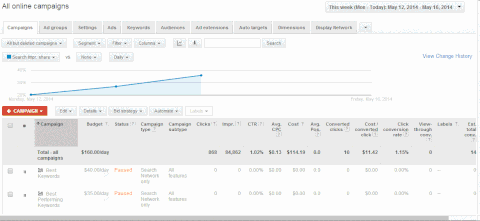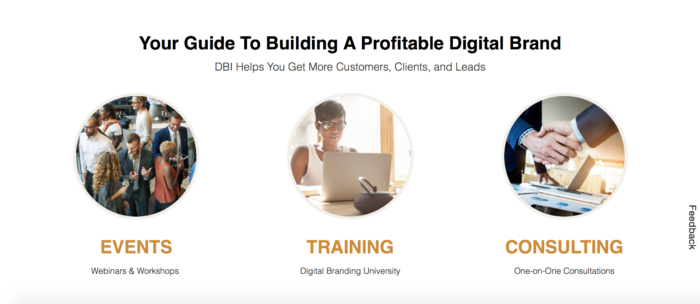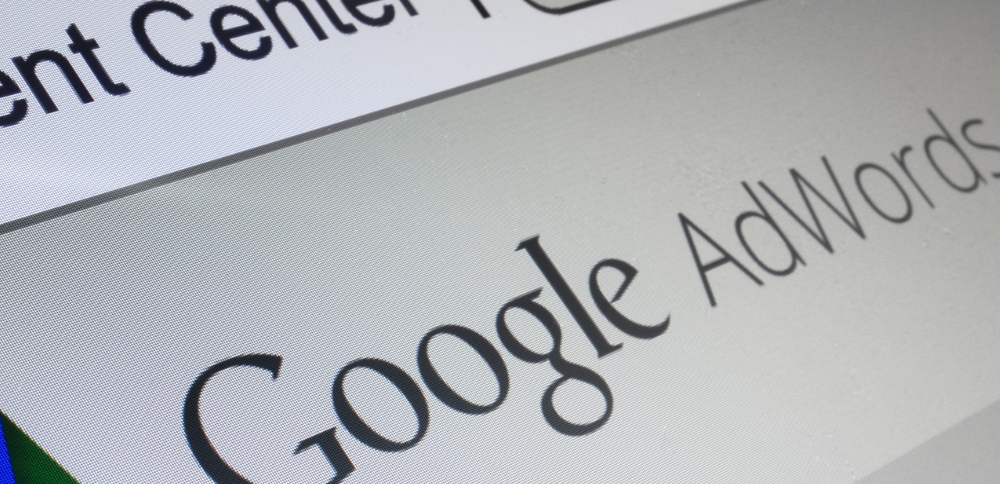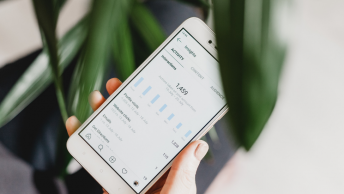Online marketing is more effective and efficient when your marketing strategies are targeted towards the right audience. With Adwords and pay per click marketing, you can easily segment your market, directly target, and optimize your paid ad campaigns.
How to Develop Successful Pay Per Click Campaigns
Pay Per Click marketing is tangible and 100% data-driven. It is the fastest method to grow your customer base and gain leads and should form part of your online marketing and digital advertising strategy.
Here are some quick reasons why Pay Per Click Campaigns work:
- Businesses make an average of $2 in income for every $1 they spend in AdWords.
- There are 160+ billion monthly Google searches
- Pay Per Click visitors are 50% more likely to make purchases than organic visitors
- 95.3% of all clicks go to the first four search results
Pay Per Click Campaign Managment
Ensuring the campaign is set up correctly from the start is critical. The first step you should take in managing your campaign is to determine your campaign goals.
Campaign Goals
Asking these critical questions gives us the foundation we need to build a successful campaign:
- How will we know the campaign was successful?
- Do you want to build brand awareness?
- Do you want to increase traffic to the website?
- Do you want to increase sales?
- Do you want to increase leads?

The next step in your campaign management is research and analysis.
Research and Analysis
To target the correct audience, you’ll need to choose keywords that they would use to find your products and services.
It’s a time-consuming exercise, but necessary to build the foundation for a successful Pay Per Click campaign. Even though keyword research is one of the starting points for any campaign, it’s a process that will be revisited regularly to yield the best possible results for your clients.
Another part of your research should be competitor and industry analysis.
By completing a competitor and industry analysis, you can determine how your business stacks up against competitors in your industry.
We need to determine:
- Who is dominating the ad space? Why?
- Where can you improve on what your competitors are doing?
- What strategies are they using?
This process allows us to identify threats that need to be addressed or opportunities you can take advantage of.
Ad Copy Optimization
The next step is creating and optimizing the copy to be used for the campaign. During this process, you will utilize the keywords you identified and create various copies of the same ad.
This allows you to test various ads against each other to determine which ads yield the best ROI.
Ad Copy Optimization will never end because your audience and industry trends will just keep changing.
Landing Page Optimization
Your landing page may either be an existing page on your website, or a dedicated landing page with content tailored towards a specific promotion you are running.
You should optimize your content based on what part of the marketing funnel your target audience is in, and keep your campaign goals in mind every step of the way.

Landing page optimization includes both your design and copy to ensure consistency between your website, brand message, and ad copy.
Bidding Management
Managing and monitoring bids are essential to maintaining a healthy Pay Per Click campaign.
The bidding strategy is largely determined by the goal of the campaign, as each goal will require a different bidding strategy.
Important considerations:
- Recommended budget for the entire campaign
- Cost per click (CPC) of each PPC ad
- Estimated gains from the ad campaign
These values play into the strategy to where you can get the keywords you want at the best price.
Campaign Tracking and Reporting
You should be monitoring and tracking campaigns continue to gain insights into how your strategies are performing.
You can use the following as a base:
- Overall number of clicks and CTR (click through rate), which tells you how effective your copy is
- Bounce rate and time spent on the landing page, both indicators of how effective your engagement and call to action is
- Goal conversions, whether it is a sign-up, a download, or a purchase
- Return on investment, which shows how much your client made from the PPC ad campaign
Funnels Optimization
Using the funnel method to lead search engine users towards your desired goal is one of the most effective marketing methods today.
This strategy lets you lead visitors by the hand and direct traffic to where you need it to go when your audience is ready to move forward.
This four-step process includes the following:
1. Keyword Contextual Targeting
Your keyword selection process involves looking at keyword competition, popularity among your target audience, and contextual relevance to your brand.
2. Placement Targeting

It’s important to know where to place your ads to reach the widest audience possible. Consequently, you should look for space on the websites of online influencers, industry leaders, and high-traffic, high-authority pages.
3. Interest Category Marketing
Here you will help you develop PPC marketing collateral based on your target audience’s interests and placement in the marketing funnel. The conversion goals set for each market category will differ based on the funnel as well.
4. Remarketing
This method lets you trail and targets previous site visitors who have exited your page without fulfilling a goal conversion.
Ad Group Segmentation
Reaching out to specific niche markets effectively through PPC requires carefully planned targeted marketing.
This is best achieved through a combination of keyword- based and problem-based ad group segmentation.
Profile segmentation, on the other hand, is a process that involves the following:
1. Selecting Profile Parameters
The first step is identifying the possible ad groups you can create.
For example, you can group your target audience based on their needs and interests, their location, their culture, or traffic source, among others.
2. Finding Viable Custom Segments
Sticking to the basic marketing group (one based on their product/service interest) and on demographics as your only profile parameters will cause you to hit major challenges regarding competition.
Drill down into your audience’s behavior by studying analytics data and analyzing your audience’s behavior.
Information such as which page converts the most or which pages your visitors go to before completing a conversion goal allows you to group your audience accordingly and create targeted campaigns to lead them across their standard purchasing habits much faster and much more efficiently.
3. Lead Scoring
To maximize your budget to achieve the highest ROI, go through a process of scoring your ad group segments.
The scores are based on a combination of explicit factors, such as demographics, click rates and CPCs from past campaigns, and other quantifiable data, and on implicit factors like conversion history, purchase history, sales-readiness, data quality, and sentiment marketing efficiency.
Remarketing
Remarketing may be done as part of a funnel strategy, as previously mentioned. Or it can be a standalone marketing strategy to control and direct traffic accordingly.
It is one of the most effective strategies for funneling and directing traffic as it promotes brand recall each time your visitors see your ad. It also leads your audience back to your site when they are ready to complete a conversion goal.
The Best Methodology
Segment Audience
In all of the pay per click campaigns, it’s important to segment your audience to reach the most relevant people with appropriate retargeting ads.
Have a Clean Design and a Clear Call to Action
Because retargeting ads are not plain text ads and can be designed, you can modify the look and feel to represent your brand more accurately.
Keeping the message direct and urgent, making the layout clean, and ensuring the call to action stands out immediately are important parts of the process.
Offer Your Best Products and Services
Keep your message in line with your conversion goals. Look to offer promos, free downloads, packages, and new services, and highlight your unique selling points in the copy.
Optimize Your Landing Page
If your landing page is an existing page on your website, make sure it is well-optimized for both search engines and visitors.
If your pages are unable to convert, you may need better copy, visuals, and stronger calls to action.
SEE ALSO: 3 Tips for Digital Branding Optimization
Final Thoughts
Every pay per click campaign that you do will be unique, but the most successful campaigns all have a few important shared characteristics: an organized structure, extensive keyword research, and continual management and maintenance.
You will need to devote a sufficient amount time in each of these areas. However, it is important to remember that your pay per click campaign is about working smarter, not harder. Maximize your impact so that you can free up your time to focus on what your business is all about, growing your brand and taking care of your customers.
Have you run a pay per click campaign before? What are your resutls…











